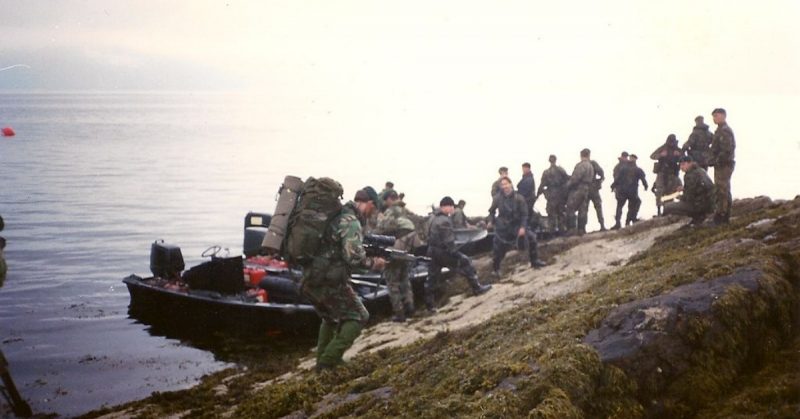“We legged it and then took out the Puma that was trying to land combat troops. That was like a gift.”
That was how Section Commander George Thomsen of the British Royal Marines described the warm welcome given to the Argentines when they made one of their first attempts to land troops on South Georgia Island, 950 miles to the northwest of the Falkland Islands. It was a day after the Argentine invasion of the Falkland.
The South Georgia invasion attempt heralded the beginning of an extraordinary display of bravery that is sometimes described as a modern-day version of Rorke’s Drift. Instead of thousands of brave Zulu warriors against a pocket of British defenders in the heartland of Africa, there was a host of Argentine soldiers armed with modern weaponry on an isolated South Atlantic island.
The detachment of 22 Royal Marines had only just arrived on the cold island. The island’s barren landscape boasts deep gorges filled with glaciers and resembles something out of a fantasy novel. At a distance of close to 8,000 miles, the marines fond themselves a very long war from the UK.
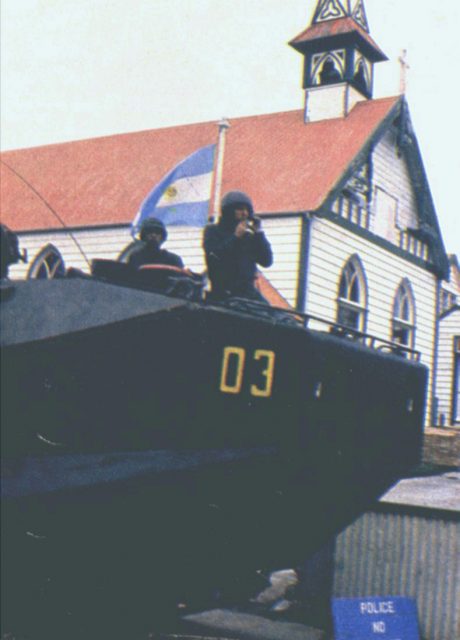
The mission was received with customary goodhearted banter and the marines posed happily for a group photograph with the icy landscape as a backdrop. The silence was interrupted a short while later with the sound of a helicopter cutting the air.
The 22 marines had a simple task. They had departed the Falklands on the HMS Endurance to keep an eye on a group of Argentine scrap metal workers who had provocatively hoisted an Argentine flag on British soil. None of them expected that this would be the prelude to a conflict that would last for 74 days.
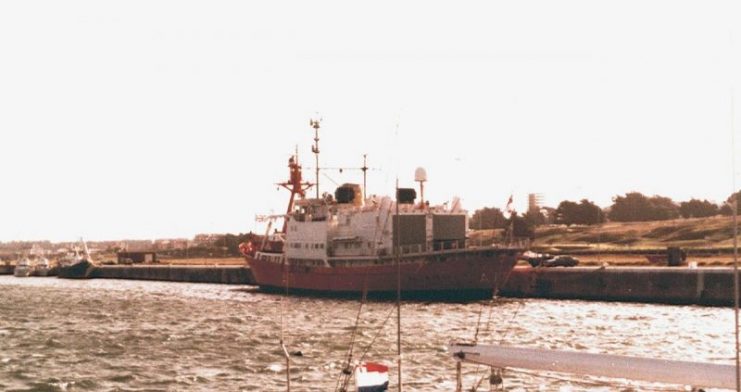
A week after arriving they listened to Rex Hunt, the Governor of the Falkland Islands, declare a state of emergency on the BBC World Service. The Argentine invasion of the Falklands promptly followed this announcement on April 2, 1982.
“Sod that, I’ll make their eyes water!”
That was Acting Lieutenant Keith Mills’ response to his instructions from London that he should only offer a token resistance should there be an Argentinian violation of British territory.
Mills instead immediately set about fortifying his position. The marines set up booby-traps along the shore and made a bomb containing harpoon heads, nuts, and bolts and secured it beneath the jetty. They barely had time to take the aforementioned photo when the sound of a helicopter warned them of the Argentine arrival.
The conflict began with the marines shooting down the Puma helicopter as it attempted to land Argentine troops. A short while later at 11:55, the Argentine corvette ARA Guerrico opened fire with her guns.
To the marines’ good fortune, the ARA Guerrico only managed a single salvo before its 22-mm guns jammed. The rest of her armaments failed soon after and the ship was rendered all but useless.
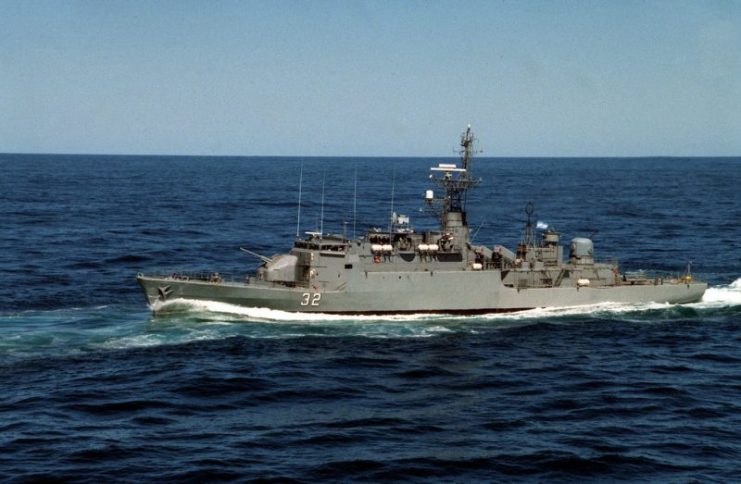
This gave Acting Lieutenant Keith Mills enough time to fire back. At 11:59, four minutes after the ARS Guerrico opened fire, the ship came under attack from small arms fire. Mills’ Marauders, as they were later named, launched an 84 mm Carl Gustav anti-tank rocket which almost crippled the vessel.
The British continued firing and eventually landing 200 small arm hits on the corvette. One Argentine seaman was killed and another five wounded. The ship’s electrical cables were also damaged and the guns either damaged or out of order.
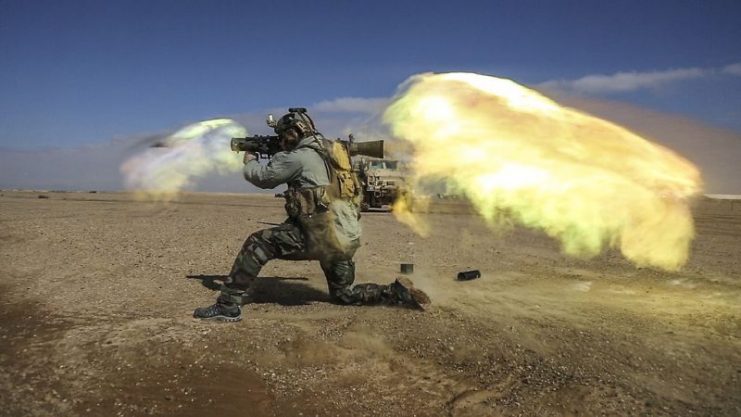
Nonetheless, Mills and his men had no time to celebrate. As the ARA Guerrico limped out of the bay, Argentine Marines came ashore while the Royal Marines were preoccupied with the corvette. The Argentine Marines soon advanced on the British.
The two sides exchanged heavy fire and Corporal Nigel Peters was hit in the arm twice. The Argentinians outnumbered the British by three to one and they also had the corvette.
The enemy ship was now safely out of range of small arms fire, and with its 100 mm main gun turret back in service it was soon able to open fire. This change in circumstances convinced Mills that it was time to surrender. It was 12:48––almost exactly an hour after the downing of the Puma helicopter.
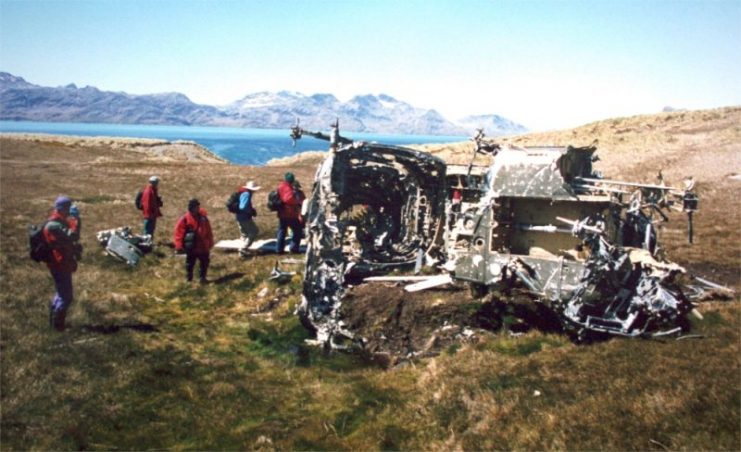
Acting Lieutenant Mills walked over to the Argentine position waving a white coat. He bluntly told the Argentine commander that the Royal Marines would continue fighting until the Argentinians either gave up or agreed to his terms.
It was an extraordinary bluff and an example of British pluck at its very best. The Argentinians subsequently agreed to return the Royal Marines to the UK.
Read another story from us: “Lured Onto the Punch” – How the Falklands War Really Started
Mills and his men were then disarmed and taken prisoner aboard an Argentinian ship, the Bahia Paraiso. There was no malice between the British and the Argentinians, with Marine Andrew Michael Lee reporting that they were well-treated. The marines received a hero’s welcome from an exuberant British public when they eventually returned home on April 20.
The Falklands War raged on until June 14. The 22 marines that defended South Georgia Island returned to help their comrades to recapture the Falkland and the Georgia Islands. The conflict was the last time that the United Kingdom fought a large-scale war on its own. Some even say that the war was the British Empire’s last fight.
